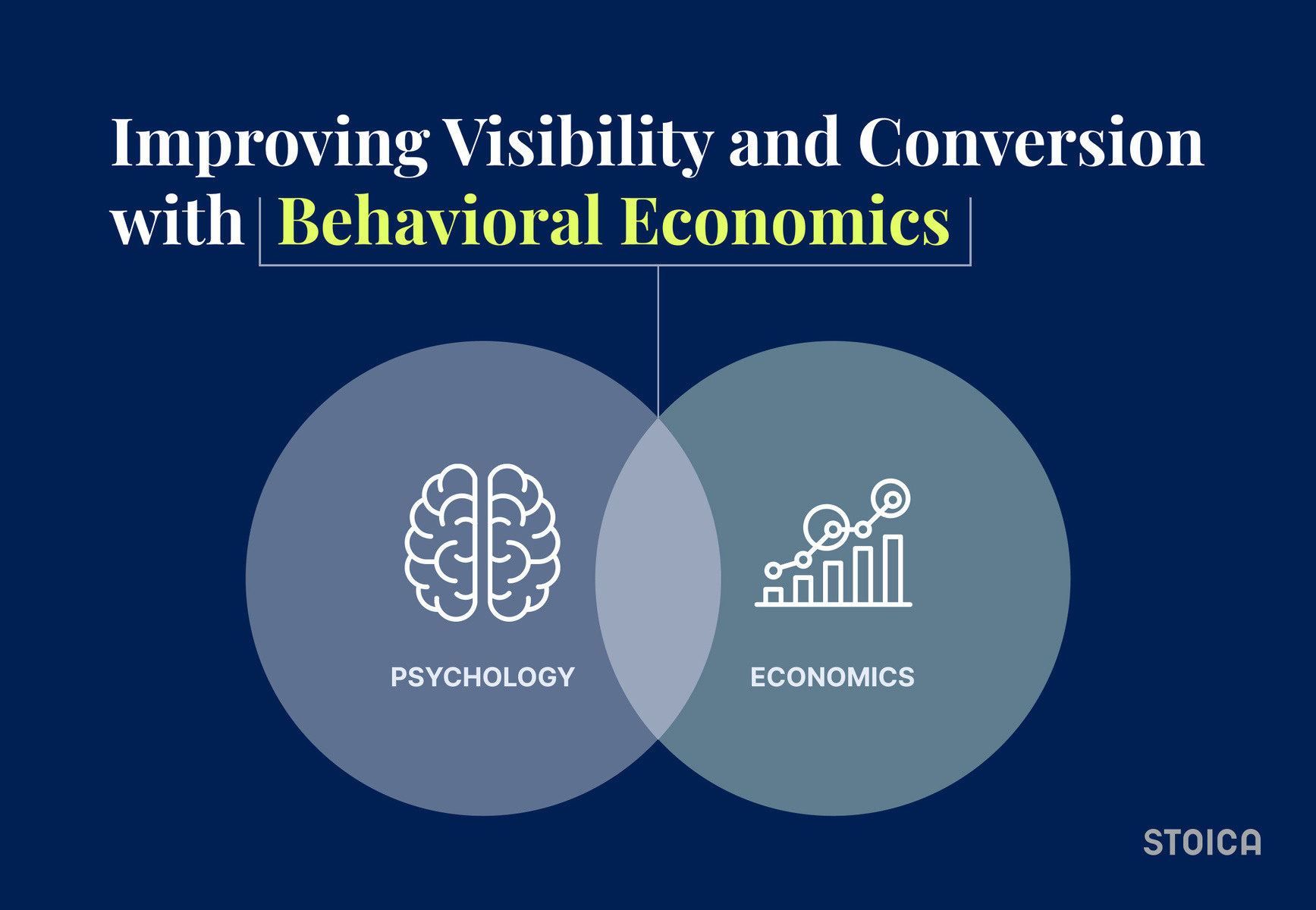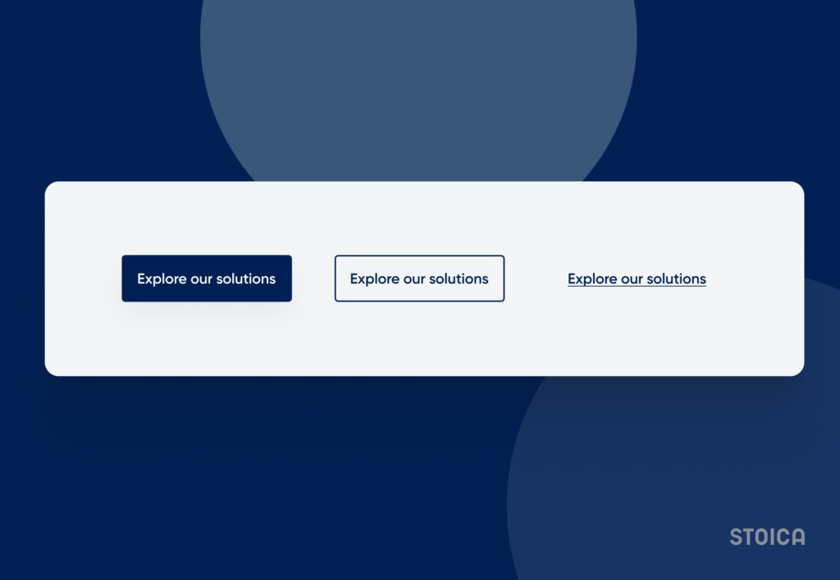Missed Opportunities for Your B2B Products: Improving Visibility and Conversion with Behavioral Economics
written by
Emilia Zăinel
date
11 September 2023
written by
Emilia Zăinel
date
11 September 2023

In today’s digital landscape, B2B companies rely heavily on their content & design to attract potential customers, generate leads, and drive conversion. However, many products (websites, SaaS, platforms) miss out on valuable opportunities due to overlooking the principles of behavioral economics. By incorporating these principles into the design and optimization of their products, B2B companies can significantly improve their visibility and conversion rates.
One key aspect where marketing or product managers can apply behavioral economics in optimizing the journey is layout and navigation. Research has shown that consumers are more likely to purchase when presented with a clear and straightforward path to follow.
Simple changes can significantly impact conversion rates, such as optimizing the placement of call-to-action buttons or streamlining the checkout process.
By understanding how customers make decisions and structuring the product accordingly, B2B companies can improve the user experience and increase the likelihood of conversion.
Another missed opportunity for B2B companies is the lack of social proof. The opinions and actions of others naturally influence humans, which is also true in the online world. Incorporating testimonials, case studies, client logos, and social media shares into the product can help build trust and credibility.
By showcasing positive experiences from previous customers, B2B companies can effectively leverage social proof to persuade potential clients. Additionally, including trust seals and security certifications can further alleviate product legitimacy and security concerns.


The principle of default options suggests that people tend to stick with the default choice when faced with decisions, especially if they are unsure or don’t have a strong preference. B2B companies can leverage this by setting specific default options that align with the most desired outcomes or the company’s objectives.
For example, there are optional add-ons for a service. In that case, the website can pre-select the most popular or recommended one, increasing the likelihood that customers will choose that option. Also, defaulting to a Free Trial means providing a free trial as the default option for users to experience the product.
Choice architecture involves presenting choices to influence decision-making without restricting freedom. B2B websites can use this principle by arranging options to highlight the most preferred products or services, guiding customers towards higher-margin items or packages, or nudging them towards specific actions, such as subscribing to newsletters or joining loyalty programs.

Loss aversion refers to the tendency of people to strongly prefer avoiding losses over acquiring gains (Kahneman & Tversky, 1979). B2B companies can apply this principle by framing their offers with potential losses avoided rather than just highlighting benefits. For example, instead of emphasizing the benefits of their product or service, a website might focus on how using their solution can prevent the client from losing money, time, or opportunities.
Or phrases like “Save up to 30%” or “Gain access to exclusive features” can make the pricing options more attractive and tap into the customer’s fear of missing out.
B2B websites and products can use visual cues like color contrast and directional arrows to draw attention to call-to-action buttons. Making these buttons stand out makes users likelier to notice and take the desired action. It can be signing up for a demo, downloading a resource, or starting a trial. Visual cues help guide users’ focus and streamline the conversion process.

Implementing personalized onboarding experiences for B2B products can improve user engagement and retention. By tailoring the onboarding process to each user’s specific needs and goals, businesses can demonstrate the value of their product more effectively. This personal touch can lead to a stronger emotional connection with the product, making it more likely for customers to continue using it long-term.
Harnessing the principles of behavioral economics can revolutionize your B2B website, product strategies, and marketing efforts. Streamline your layout, utilize social proof, and apply tactics like social proof and personalized onboarding to boost conversions and engagement.
Ready to tap into the potential of behavioral economics for your business?
Schedule a 19 minutes call with one of our experts, Emilia Zăinel, to explore how you can improve online visibility and conversion for your business using behavioral economics.
Contact our experts today for a consultation!